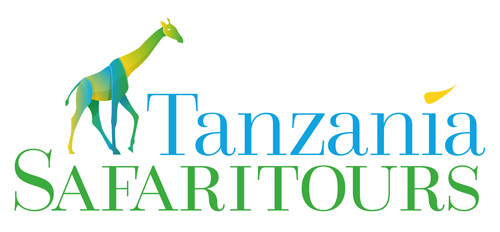Country informations
Money
In most of the cities it is possible to withdraw money from an ATM. The unit of currency is the Tanzanian Shilling. The US dollar is traditionally the hard currency of preference, but the Euro and Pound Sterling are also widely accepted. Only USD notes printed after 2006 are accepted
Language
The national language is Kiswahili but English is widely spoken and is the main language in the tourist areas.
When to visit?
Tanzania can be visited at any time, though some places might be difficult to visit in the rainy season. The climate is tropical, the coastal areas are hot and humid with an average day temperature of 30 degrees centigrade. The central plateau is dry and arid with hot days and cool nights. In the area around Arusha and Ngorongoro in Tanzania, the climate is temperate and cooler (especially) between June and September. The long rains are from March to May, the short rains from November to half December.
Best travel time for safaris in Tanzania
One of the most popular natural spectacles in Tanzania is the migration of wildebeest and zebra herds in Serengeti National Park. On unforgettable safari trips, travelers have the opportunity to witness the spectacular animal migration and observe unique sceneries. The migration route of the wildebeest and zebra repeats itself every year. Beginning in January on the Serengeti Plains, wildebeest herds head to the south-eastern savannahs in April. From June to July, head to the Western Corridor in the Grumeti River area. From August to November, the animals can be found in the North Serengeti, in the Mara and Lobo regions and in December it’s back to the South Serengeti.
Of course, we tailor the safari itinerary to the animal migration.
Festivals
There is always a reason to party, and Africa, with its rich cultural diversity, could be described as a festival continent. Throughout the whole continent, colorful and vibrant festivals range through musical, religious, cultural and harvest events to name just a few.
Tipping
A tip of 5-10% is customary in restaurants.
In East Africa, tipping local guides, porters, drivers and cooks at the end of a mountain tour or safari is now customary. Tips are already included on most of our safaris. For the mountain climbs and safaris that do not include tips, please plan an appropriate tip depending on the size of the travel group. Our recommendations are already at the lower end of the generally accepted spectrum. Please also compare the explanations in relevant current travel guides.
KILIMANJARO TREKKING
Guide: 90-120$
Assistant Guide: 45-90$
Chef: 45-60$
Porters: $25-45
These amounts refer to a six-day tour.
SAFARIS
Driver/guide per day: $12-15
Cook per day: $10-12
The prices mentioned are based on the entire group (divide the amount by the number of participants).
Further information
We recommend „The Lonely Planet“ and „Bradt Travel Guide“ as we find those are the most detailed guidebooks for Tanzania. For wildlife, we consider ‚Watching Wildlife East Africa‘ from the Lonely Planet and The Bradt ‚East African Wildlife‘ as the best guidebooks.

